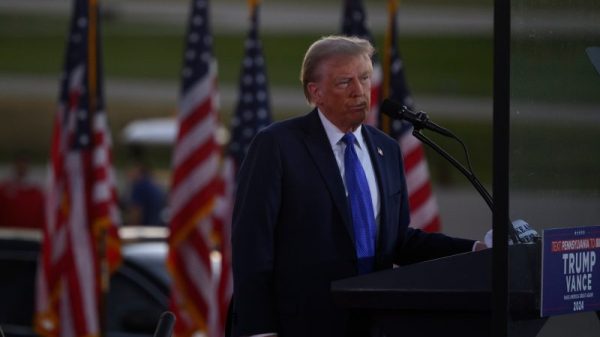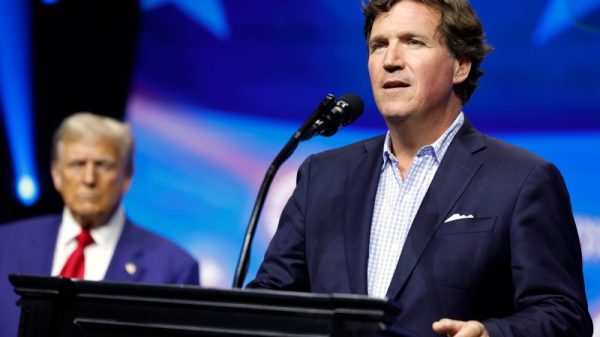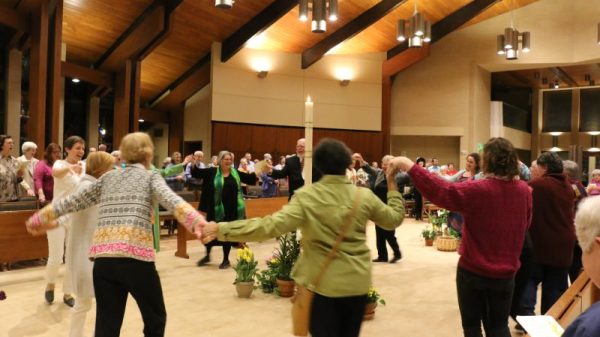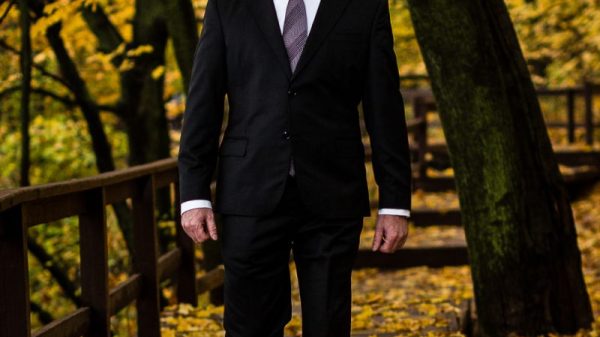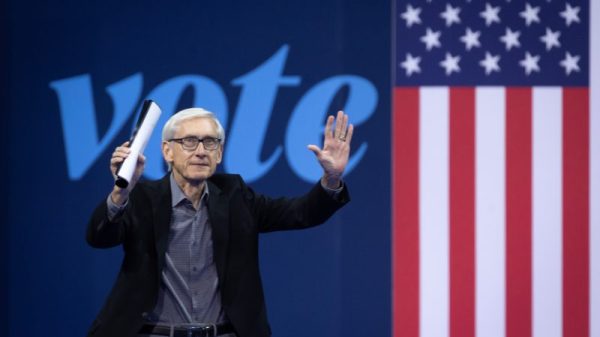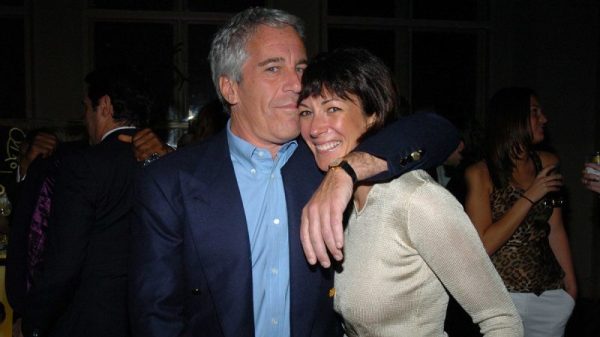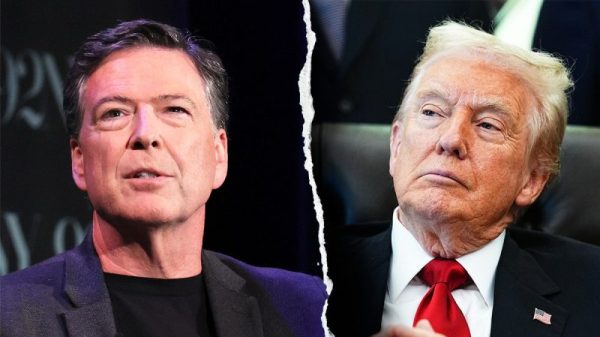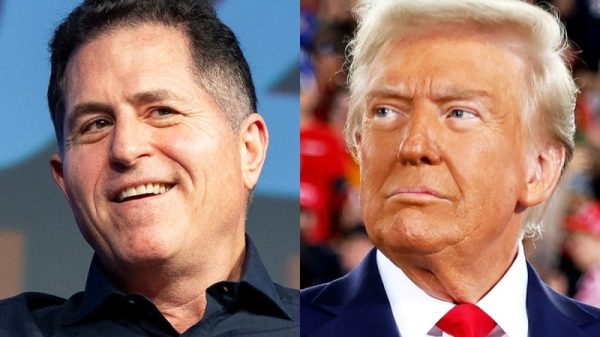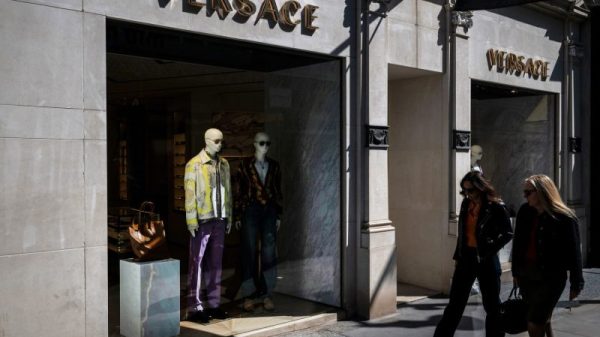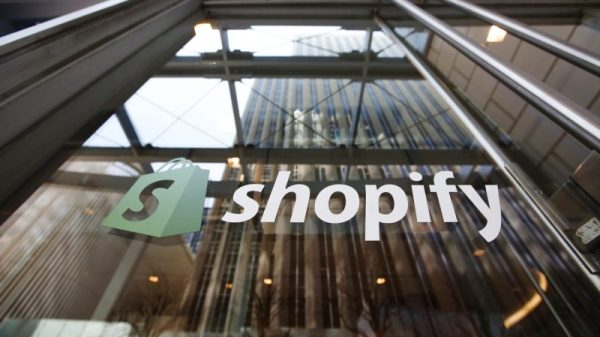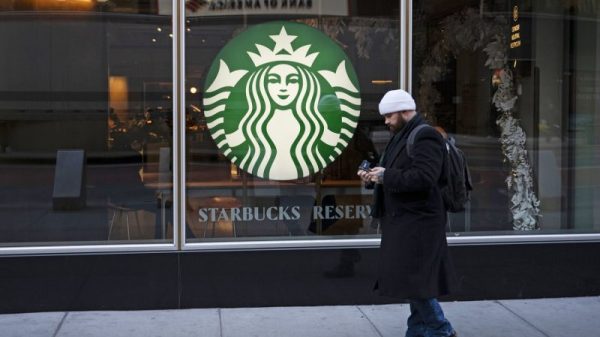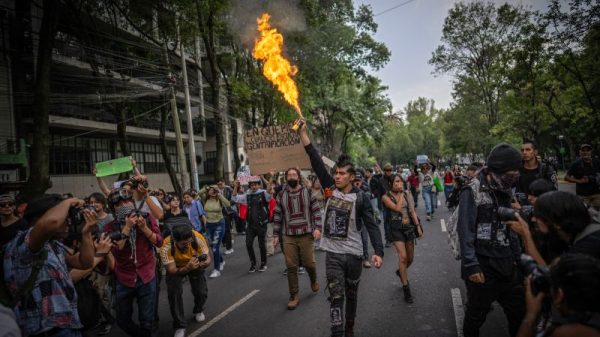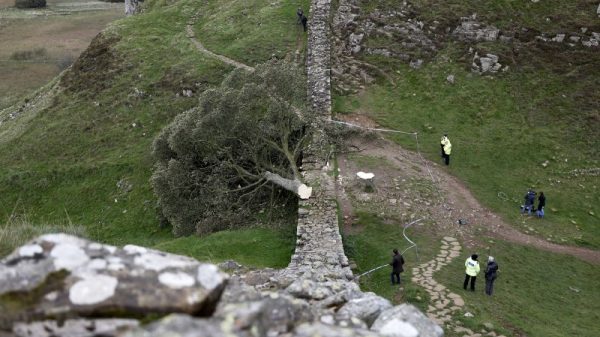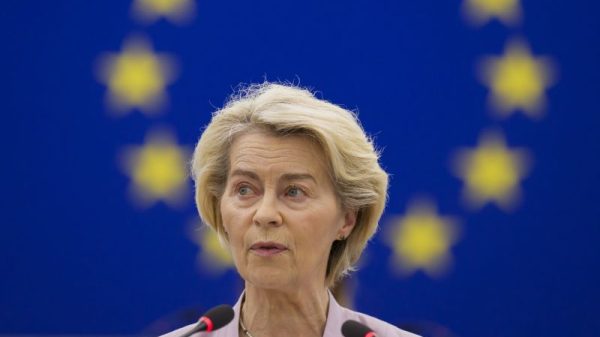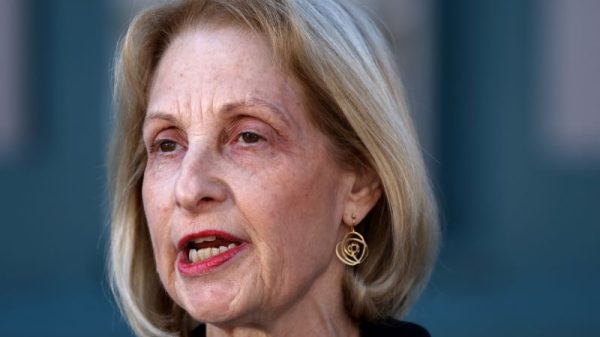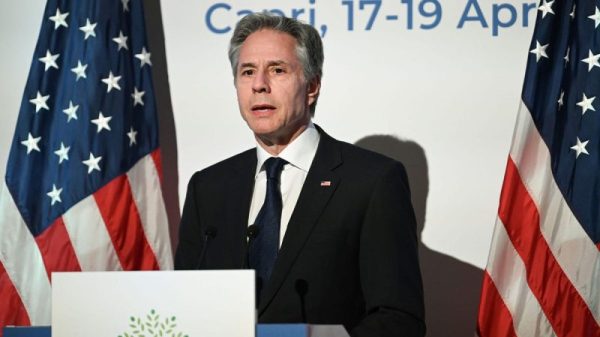In one Instagram photo, a family of four – dad, mom, brother, sister – pose in New Orleans sporting layers of green and purple Mardi Gras bead necklaces.
In another, the foursome squeezes onto a hotel couch as Mom and Dad clink champagne glasses, all smiling at the camera.
The Morrisons could seem like secret agents living double lives – an Arizona suburban family by day, world explorers by weekend.
Online, they’re known as American Travel Family, and their 11,000 YouTube subscribers follow along as the Morrisons visit popular tourist destinations like London, the Dominican Republic and Disneyland.
However, alongside the “I’m so jealous!” and “have a great trip!” comments, there can be a darker side to putting the lives of teenagers and children up for public consumption.
A digital reckoning
Chris McCarty, an undergraduate at the University of Washington, has launched a one-person campaign to permanently change the way that kids are compensated for their appearances on their parents’ social media accounts and vlogs.
McCarty, who uses they/them pronouns, was spurred into action by controversy that erupted when Myka Stauffer, a parenting blogger, announced that she had placed her adopted child with special needs with a different family after the boy had appeared on her social media feeds.
McCarty started a campaign called Quit Clicking Kids, aimed at stopping people using children on social media for monetary gain, in 2022.
So far, McCarty’s work has focused on parenting bloggers like Stauffer, whose online personas are based around raising their kids. McCarty believes that kids deserve privacy and a say in how they are depicted online, especially those who are too young to consent.
Yet it’s not only channels devoted to parenting and family that feature kids in front of the camera.
Family travel accounts abound online. There are “worldschooling” families who educate their kids while on the road, families who travel the US in an RV or campervan sharing their tips about how to do the same, and families who review hotels and resorts.
The most popular content creators can easily clear six or seven figures per year with advertising revenue and brand partnerships.
But how should that money be allocated? If children help – passively or actively – to create content that brings in money, do they deserve a share of the income?
The film and TV industry has already had a reckoning around these issues.
The Coogan Law is named for famous 1920s child star Jackie Coogan, whose parents squandered his fortune. Now, child actors in the state of California must have 15% of their earnings placed in a trust account that their parents or guardians cannot access.
McCarty believes there should be a new Coogan-esque law for children who appear in online videos and social accounts.
“First of all, child actors aren’t portraying their real life. So even though it’s very intensive in a lot of cases to be a child actor, especially depending on the size of the role, their personal information isn’t what’s being shared,” says McCarty. “Whereas in these family vlogger cases, usually it is very intimate and personal details that are shared to a wide viewership and monetized.
They add: “There are all sorts of ways to skirt around regulations, and then of course for children on family vlogging channels, there aren’t even any regulations to skirt around.”
Even if the United States did pass laws, they might not apply to traveling families, who have no fixed address or create their content in other countries.
In May 2023, the US Surgeon General’s office issued an advisory about social media and kids’ mental health.
“There is growing evidence that social media use is associated with harm to young people’s mental health,” US Surgeon General Dr. Vivek Murthy said in the statement.
“Children are exposed to harmful content on social media, ranging from violent and sexual content, to bullying and harassment. And for too many children, social media use is compromising their sleep and valuable in-person time with family and friends. We are in the middle of a national youth mental health crisis, and I am concerned that social media is an important driver of that crisis – one that we must urgently address.”
The North Korean defectors who became YouTube stars
Stacey Steinberg, the director for the Center on Children and Families at the University of Florida’s Levin College of Law, draws lines between the reasons why people share kid photos online.
“Most parents are sharing for social capital, or for community building, or to stay in touch with family and friends who live far away, whereas families that are influencers are gaining not just social capital, but financial capital,” she says.
She points out that there are limitations with legislations like the Coogan Law – for one thing, they only apply in a few states, and they don’t cover all the reasons that kids might work.
“Many of our laws in our country that govern child labor carve out exceptions to children who are working for their parents. So, for example, if my children worked on my farm, the laws would be very different than if they worked on the farm down the street. And that’s because the United States has strong foundation of parental autonomy. We have a strong history of parents being able to decide what’s best for their kids.”
Kids goofing around on their family’s YouTube channel, then, might be the contemporary equivalent of kids doing chores around the farm a century or two ago.
The difference, though, is that strangers from around the world couldn’t watch a kid milk a cow – or turn it into a meme.
“There’s a big leap between Coogan’s Law and regulating influencer parents, not simply because you’re moving towards the internet space, but because you’re trying to regulate money that a child makes as part of a family business. And Coogan’s Law doesn’t apply in those situations,” adds Steinberg.
Empowerment or abuse?
Mom Brooke Morrison is the primary family vlogger and social media poster at American Travel Family, which she started in 2020 when her son Parker was 13 and daughter McKenzie 10.
Morrison says that she and her husband put 15% of their online earnings into trust accounts for their children. Now, though, her daughter has expressed an interest in acting and being on camera more. She says that if McKenzie makes a “day of” video for Instagram or TikTok that isn’t a scheduled, edited piece, she’ll send her daughter a few dollars via Apple Pay.
She says that there should be hard boundaries around which things parents share about their kids online. “I feel not every family has the intentions we have,” she says. “Some parents see stars in their eyes and utilize their children to get up the ladder as a revenue source.”
Caz Makepeace, who runs Y Travel Blog with her husband Craig, says that she has used her family’s YouTube channel to teach their two daughters about how to run a business.
“We pay our kids and I use it as a lesson for them,” she says. “I get them to negotiate with me. They hate that I do that, but I’m like, ‘Well, if you’re not going to stand up for your worth, nobody else is going to, so start learning now.’”
Makepeace admits that as her daughters get older, they’re less interested in appearing on camera unless there’s a financial incentive. “I mean, that’s real life, isn’t it? No one wants to work and not get rewarded for it.”
She and her husband have started taking more solo trips – in order to give their kids breaks from content creation, but also to diversify their videos and reach different audiences.
Still, no one can really understand another person from simply viewing their online presence.
The case of Machelle Hobson serves as a cautionary tale. The mom of seven had a successful YouTube channel called Fantastic Adventures, where her children were shown dressing up as superheroes and playing games.
However, the off-screen version of the Hobson kids’ lives wasn’t anything like it was depicted in videos.
In 2019, Hobson was arrested and charged with two counts of molestation of a child, seven counts of child abuse, five counts of child neglect and five counts of unlawful imprisonment.
According to the police, the children were beaten and punished if they didn’t want to be on camera or if they didn’t remember their “lines.”
Before her social media accounts were shut down, Hobson made between $106,800 and $1.7 million per year.
New regulations for a new way of life
McCarty believes that working at the state level is the fastest way to make real-time change in the content creation industry.
On August 11, Illinois became the first US state to sign a bill like this into law. The law states that if a minor is featured in at least 30% of an influencer’s revenue-generating video during a 30-day period, the minor is entitled to a share of the revenue. That revenue must be put into a trust account that the child can access after they’re 18.
For some activists, though, current regulations don’t go far enough.
For example, Facebook and Instagram both require users to be at least 13 years old. However, that doesn’t prevent parents and other adults from featuring children and babies on their own accounts.
And even if a kid says they’re OK with something being shared online, they can’t control how other people repackage and respond to that content.
Years later, when they apply for college or a job, the first thing under their name on Google might be a critical article or an embarrassing photo. Once the bell is rung, it feels impossible to un-ring.
For parents like Makepeace and Morrison, the pros of family travel vlogging – free vacations, money from brands and sponsors, special guided tours and access to famous attractions – outweigh the negatives.
In the case of the Makepeaces, who are from Australia, travel vlogging has even provided a path to US citizenship. At the end of the day, Caz insists, they’re a family who travels a lot and happen to have lucked into making a living from it.
“We’ve just been able to have this incredible travel lifestyle together,” she says, “and create these amazing memories.”






